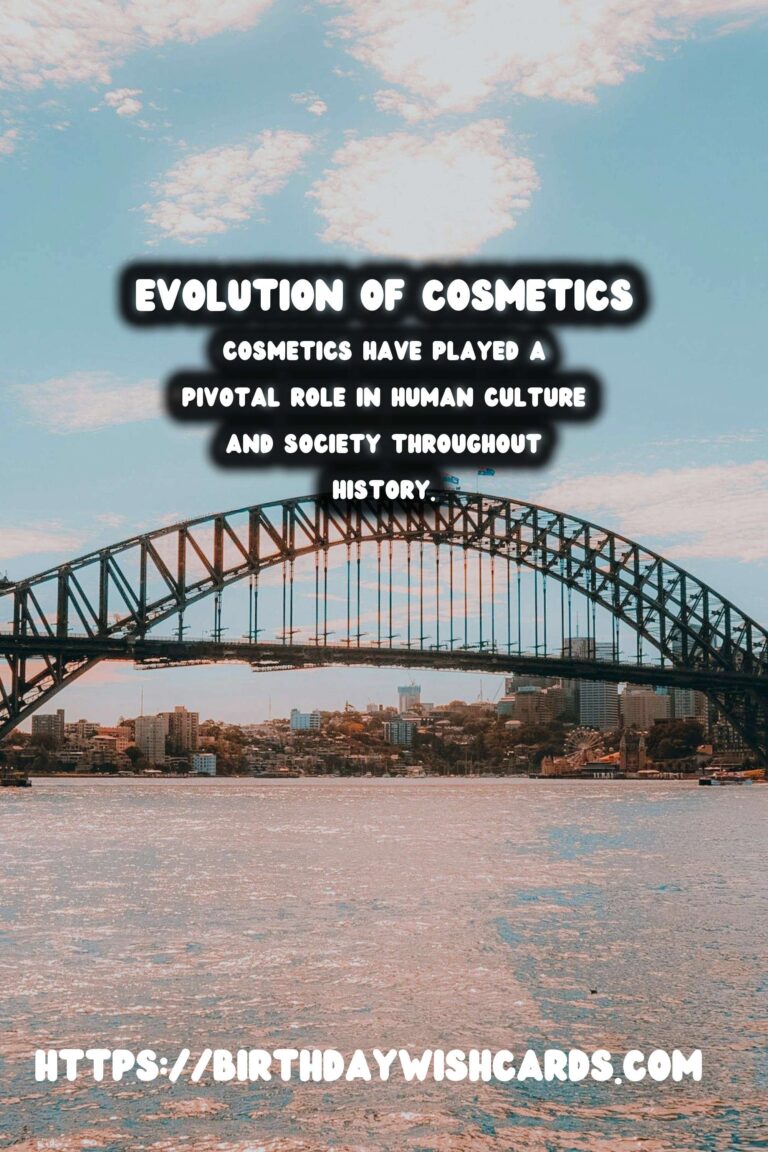
Cosmetics have played a pivotal role in human culture and society throughout history. Their journey from ancient times to the Victorian era is a fascinating tale of beauty, power, and cultural significance. This article delves into the rich history of cosmetics, highlighting how they evolved across different epochs.
The Origins of Cosmetics in Ancient Greece
The roots of cosmetics can be traced back to ancient Greece, where beauty and adornment were highly valued. Greek women used natural ingredients like olive oil, chalk, and red ochre to enhance their appearance. The use of cosmetics was not just limited to beautification; it also had spiritual and medicinal purposes.
Greek women used white lead mixed with water to create a pale complexion, which was a sign of aristocracy and wealth. The famous red ochre, known as ‘miltos,’ was used to add blush to the cheeks. They also lined their eyes with a mixture of soot and olive oil to create a dramatic look.
Cosmetic Practices in the Roman Empire
With the expansion of the Roman Empire, the practices of cosmetic use spread across Europe. Roman women adopted many Greek beauty practices and introduced new ones. The Romans emphasized skincare and bathed frequently, applying oils and lotions to maintain a youthful appearance.
The use of cosmetics became more sophisticated, with advancements in ingredients and techniques. The Romans used kohl for eyeliner and sought after exotic ingredients like saffron and rose petals to create luxurious cosmetics. Despite the prevalence of cosmetics, there was a moral dilemma associated with their use, as they were sometimes linked to deception and vanity.
Medieval and Renaissance Beauty Practices
During the medieval period, cosmetics took a backseat due to the religious and cultural changes that emphasized modesty and inner beauty. However, by the Renaissance, there was a renewed interest in aesthetics and a revival of cosmetic usage.
Women started using products made from common kitchen items like egg whites and lemon juice to achieve a porcelain complexion. The poisonous mixture of lead and vinegar, known as ‘ceruse,’ was also used despite its known health risks.
The Extravagance of Cosmetics in the Victorian Era
The Victorian era was marked by elaborate beauty practices. The ideal of pale skin remained, and women used a variety of powders and creams to achieve it. Hair became an important aspect of beauty, with elaborate hairstyles adorned with ribbons and jewels.
The strict societal norms of the Victorian age also meant that heavy makeup was frowned upon. However, discreet cosmetics became popular, and women used subtle methods to enhance their features, such as lip salves and light powders.
In conclusion, the history of cosmetics from ancient Greece to the Victorian era is a testament to the enduring human desire for beauty and self-expression. Despite the cultural and societal shifts over centuries, cosmetics have remained a significant part of human history, continually evolving to reflect the times.
Cosmetics have played a pivotal role in human culture and society throughout history. During the medieval period, cosmetics took a backseat due to the religious and cultural changes that emphasized modesty and inner beauty.
#HistoryOfCosmetics #AncientToVictorian

